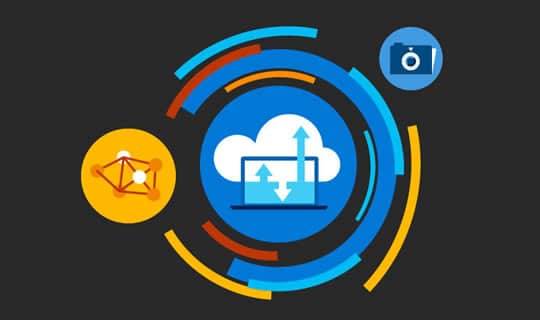Basic Usage:
- If you don’t have it yet, install the specflow visual studio extension from here (or from you visual studio IDE): https://visualstudiogallery.msdn.microsoft.com/c74211e7-cb6e-4dfa-855d-df0ad4a37dd6
- Add a Class library to your Xamarin.Forms project. That’s your test project.
- Add SpecFlow.Xamarin.Forms package from nuget to your test projects.
- Add a class to you test project that inherits ‘TestApp’, and register your views/viewmodels pairs as well as adding any DI registration, as per below:
public class DemoAppTest : TestApp
{
protected override void SetViewModelMapping()
{
TestViewFactory.EnableCache = false;
// register your views / viewmodels below
RegisterView<MainPage, MainViewModel>();
}
protected override void InitialiseContainer()
{
// add any di registration here
// Resolver.Instance.Register<TInterface, TType>();
base.InitialiseContainer();
}
}
- Add a SetupHook class to your test project, in order to add you Specflow hooks. You will need to bootstrap the test application as per below, providing the class you created above, and the your app initial viewmodel:
[Binding]
public class SetupHooks : TestSetupHooks
{
///
/// The before scenario.
///
[BeforeScenario] public void BeforeScenario() { // bootstrap test app with your test app and your starting viewmodel new TestAppBootstrap().RunApplication<DemoAppTest, MainViewModel>(); } }
- You will need to add a catch block to your xamarin.forms views codebehind in order to ignore xamarin.forms framework forcing you to run the app ui (something we dont want to do):
public YourView()
{
try
{
InitializeComponent();
}
catch (InvalidOperationException soe)
{
if (!soe.Message.Contains("MUST"))
throw;
}
}
- Add a specflow feature to your project (using the vs specflow templates shipped with the vs specflow extension)
- Create/Generate a step class that inherits TestStepBase, passing the scenarioContext parameter to the base.
- Use the navigation services and helpers to navigate, execute commands, and test your view models:
[Binding]
public class GeneralSteps : TestStepBase
{
public GeneralSteps(ScenarioContext scenarioContext)
: base(scenarioContext)
{
// you need to instantiate your steps by passing the scenarioContext to the base
}
[Given(@"I am on the main view")]
public void GivenIAmOnTheMainView()
{
Resolver.Instance.Resolve().PushAsync();
Resolver.Instance.Resolve().CurrentViewModelType.ShouldEqualType();
}
[When(@"I click on the button")]
public void WhenIClickOnTheButton()
{
GetCurrentViewModel().GetTextCommand.Execute(null);
}
[Then(@"I can see a Label with text ""(.*)""")]
public void ThenICanSeeALabelWithText(string text)
{
GetCurrentViewModel().Text.ShouldEqual(text);
}
}
Advanced Usage for MVVM
To add to the first example, in order to test navigation statements that occurs within the application, we need to provide the ViewModel with a hook to the Navigation. To achieve this:-
- Add the package SpecFlow.Xamarin.Forms.IViewModel from nuget to your PCL Xamarin.Forms project
- Implement the IViewModel interface in your ViewModel. This will simply expose the Xamarin.Forms INavigation property:
public class MainViewModel : INotifyPropertyChanged, IViewModel.IViewModel
{
public INavigation Navigation { get; set; }
- The test framework will pick that up and manage internal navigation
- You can use any MVVM frameworks for you application (such as XLabs, MVVMCross, Prism to name a few. As long as the IViewModel interface is implemented in your ViewModel, the framework will pick it up.

Cybersecurity ecosystem
The Data Security Council of India has forecast that the cybersecurity ecosystem will expand up to a point where nearly one million professionals will be required by 2025. Additionally, the demand for cloud security skills is estimated to grow by 115% between 2020 and 2025, representing almost 20,000 job openings, Narayan added.
An extensive exercise in reskilling and/or upskilling the existing workforce, believe staffing experts, is one of the ways that telcos can future proof their work.
Indian mobile phone operators are expected to at least double their investments on network security with the 5G roll out expected to spark a surge in network vulnerabilities, which assume critical importance especially for enterprises.
However, it is already proving to be a challenge for telcos to have robust security teams.
“Even if we do not talk about 5G (specifically), the security talent in general in the country is very sparse at the moment. We need to get more (security) professionals in the system”
Bharti Airtel, for example, has been preparing for 5G roll out by upskilling its professionals and offering them certification courses such as CCNA (Cisco Certified Network Associate) and CCNP (Cisco Certified Network Professional). The courses are offered based on skill and eligibility level free of cost.




